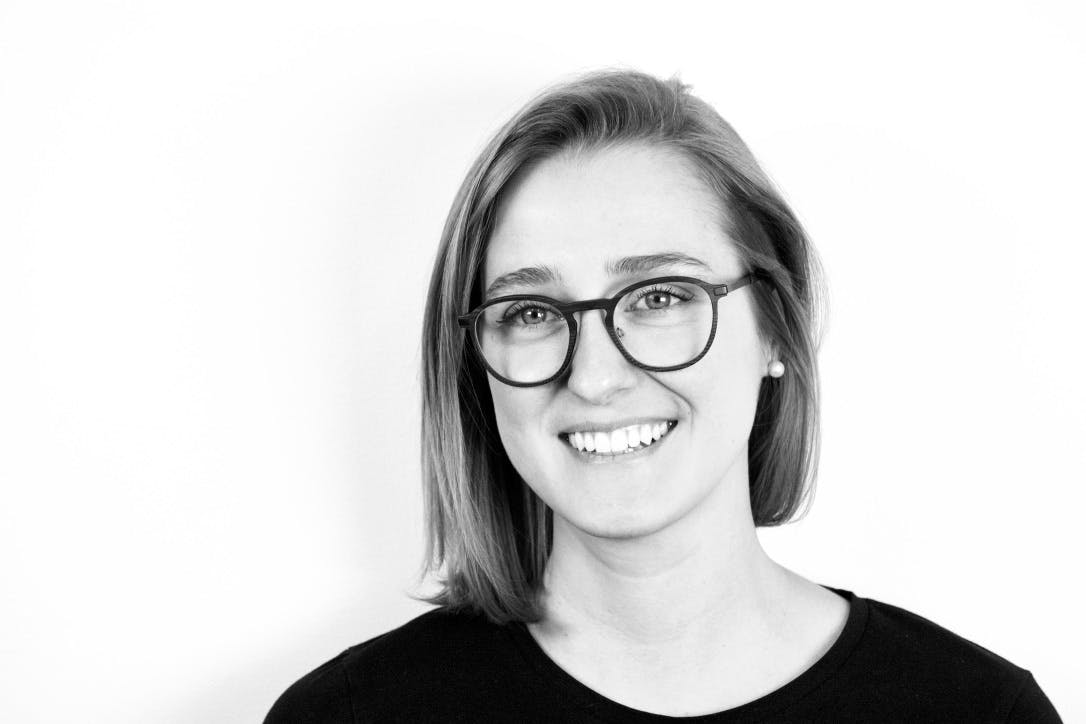Senga
Validating an opportunity in the growing GenZ freelancer market

Challenge
Determining whether a market niche was worth pursuing

Outcome
Validated a market and product idea, ready for MVP and investor meetings
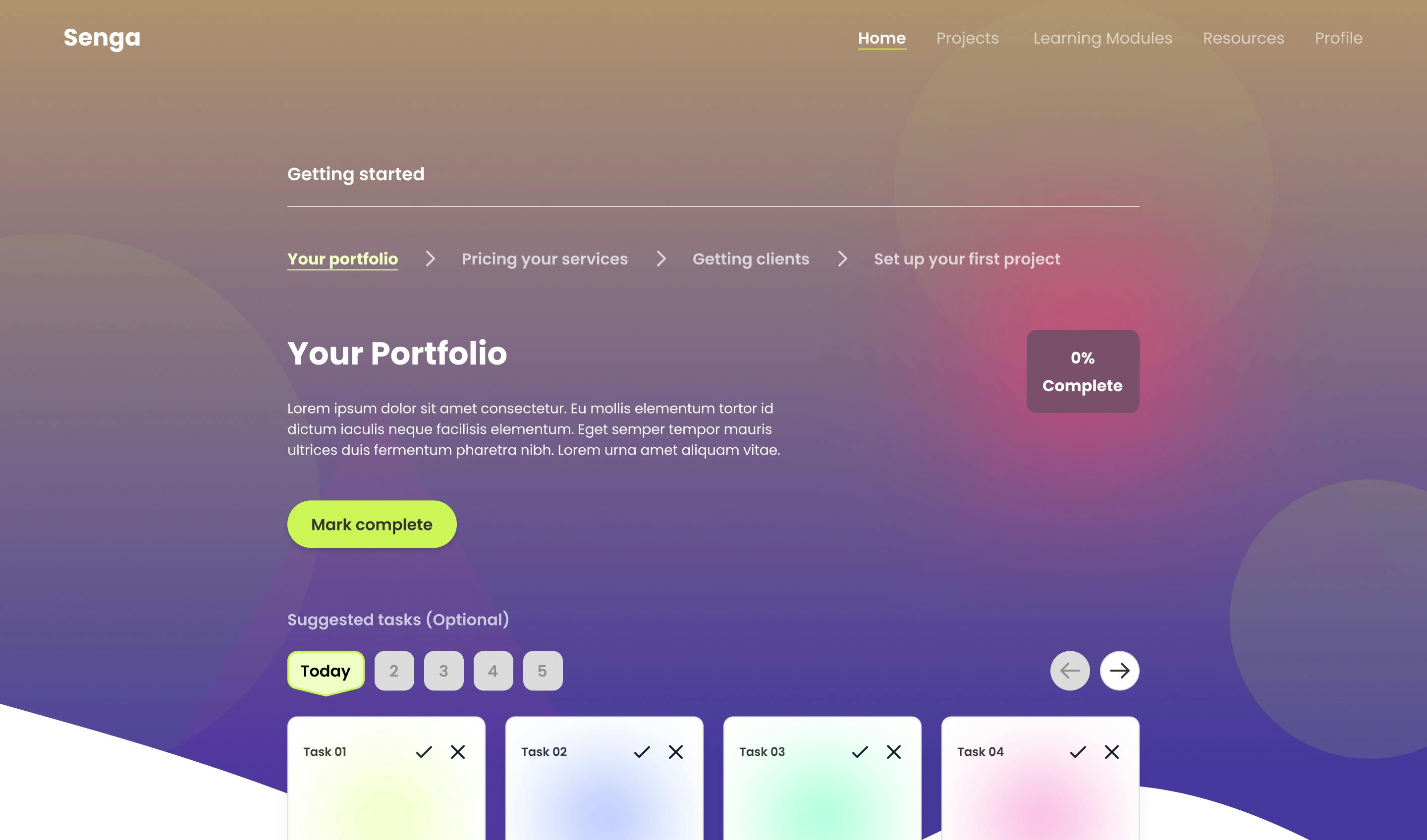
The Opportunity
Is the market niche worth pursuing
Senga founder Agnes Malatinszky came to thoughtbot to help her validate a market opportunity with GenZ freelancers. Her experience in operations at the coding bootcamp Codesmith had exposed Agnes to a steady stream of students who, upon graduating, reported being frustrated with how much back-office work was involved in freelancing. They just wanted to code, not create invoices, track expenses, market their services, etc.
Agnes suspected there was an opportunity to serve this market niche with software, but she also wanted to first validate that the opportunity was worth pursuing.
It's a lot easier to invalidate some of your business assumptions when there's a team next to you who has a lot of startup experience and is cheering you on. The thoughtbot team helped me to trust the process.
The Process
A four-part program to start on your product
Senga worked with thoughtbot as part of our startup Incubator which runs a four-part program:
- Finding market focus
- Finding product focus
- Strategic planning
- How to hire and support software teams
Finding Market Focus
Initial Discovery Work
The thoughtbot team dove into our Market Focus process by generating a list of potential market segments to focus on. These initial segments were role-specific like developers, content creators, and graphic designers.
Other segment characteristics that emerged as the team brainstormed were newness to freelancing, frustration with back-office tasks, likelihood of having more than one client at a time, and proximity to Agnes and our team. As we scored various market segments across these key characteristics, we began to converge on the right market to test first through research and interviews.
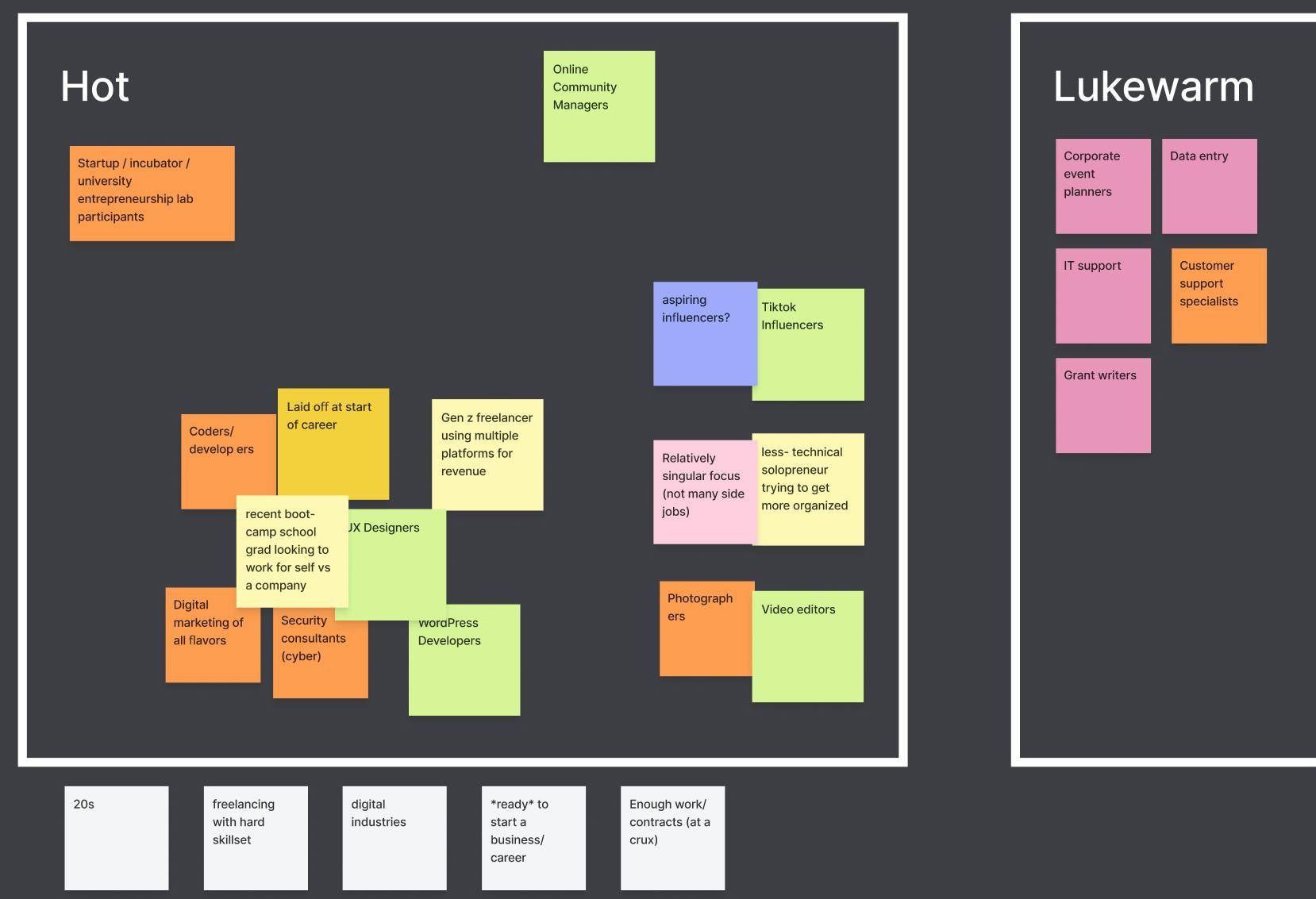
Market Research Strategy
As the next step, thoughtbot developed an outreach strategy that assessed how to reach the audiences, how to frame questions and messages, and how to measure responses. We also formed a script for the market research conversation.
The team needed to learn as much as we could about their lives and work, without clueing them into the solutions we were considering. This is important because we want to discover what problems, if any, a potential customer is facing and frame our solutions around that, as opposed to framing solutions around untested assumptions.
In an alternate universe I could have gone out and learned all this on my own, but it would have taken much longer and I would have had many many more false starts. thoughtbot set up the v0 of the website and the prototype that made our experiments effective and gave me the opportunity to capture data and potential users.
Narrowing in on Market Niche
As the first segment was investigated, it became clear that it was a poor fit. Data engineers did not feel that back-office tasks were difficult to manage. From the outside this may seem like a setback, but it’s actually a milestone. In this process, we want to learn which segments are not a fit so we know who not to focus on.
With the second segment investigated, a clear pattern did start to emerge in the pain points. Graphic designers who wanted to freelance didn’t know how to get started and felt a lack of valuable, tactical resources.
The team started to understand that what we were creating was “onboarding into freelancing for GenZ creatives”. With some initial market focus, it was time to conduct design sprints to uncover product focus.
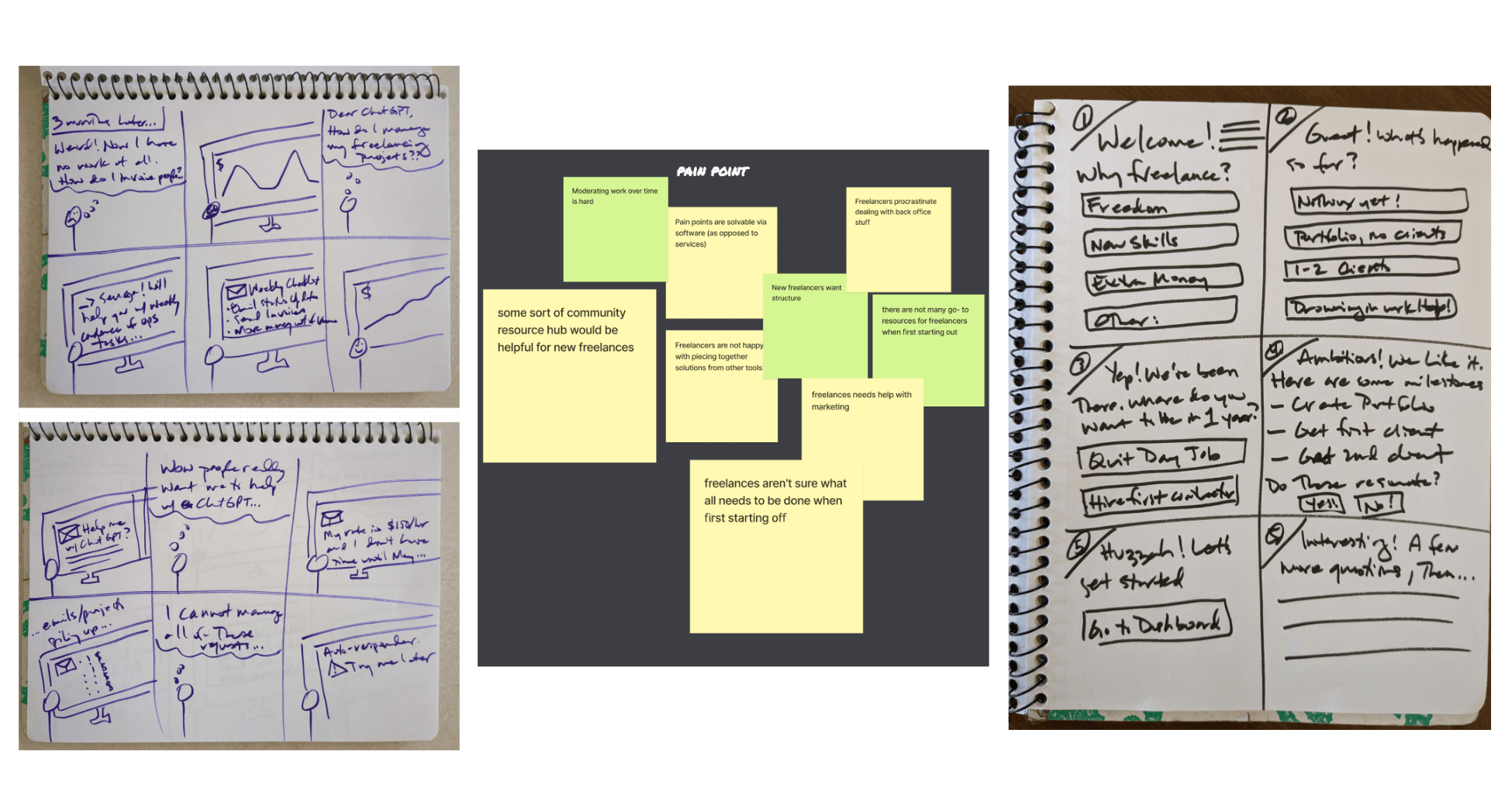
Product Focus and Prototyping
thoughtbot kicked off the product exercises by itemizing assumptions about the pain point. Why did GenZ creatives find getting started so difficult? This helps us understand what to test in an initial prototype.
We then brainstormed product ideas of all kinds – large, small, ambitious, practical, and everything in between. Should we even make an app, or should we start with an email newsletter instead? All options should be on the table.
As the clickable prototype was being developed in Figma, we added questions about the prototype to the user interviews still being conducted. In addition to asking folks about their lives and work, we would open up the prototype and ask the interviewees what they thought of the proposed solution.
With every conversation, the features that mattered became clearer. When one interviewee spontaneously offered to pay for access to the platform, we knew we were on the right track (and we knew it was time to start asking about pricing!).
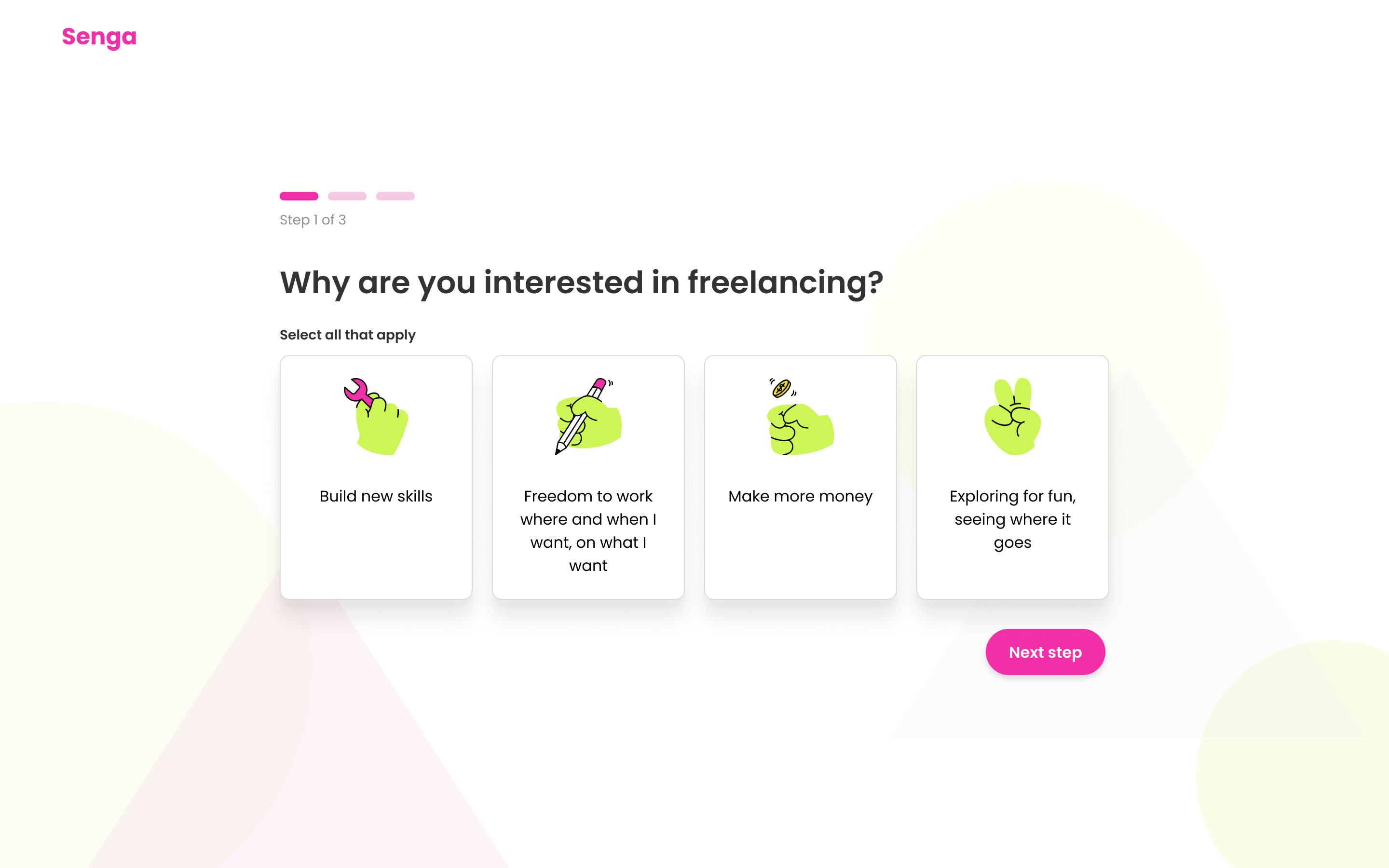
Financial Strategies and Team Planning
With confidence in an early adopter market segment as well as an initial product offering, it was time to place those findings into Senga’s broader goals and future as a business. The concept taking shape comprised both B2C and B2B dynamics and would therefore likely require speedy adoption in order to capture the market.
The thoughtbot team talked through financial options Agnes could consider like raising outside investment to grow quickly versus bootstrapping the business with existing resources.
Another important topic to cover prior to graduating Senga from the incubator was team planning. Given the growth strategy developed over the course of the program, we advised Agnes on approaches she could take to hire technical product support (as well as other roles in support of the business). Considerations we discussed included seniority level and expectations, full-time versus other types of hires and contractors, as well as skill sets and when/how it would make sense to tap into the thoughtbot network to find candidates.
The Outcome
Ready for MVP and Investor Meetings
During the course of the thoughtbot startup incubator, the team validated that Senga's solution solves real problems for a specific market segment. Coming out of the program with validated (and documented) product direction helped Agnes land and prepare for investor meetings, make her first hires, and avoid future risks to the project.
Agnes left the program confident in moving forward with an MVP and thoughtbot provided roadmapping guidance for that next step. Not only that, she has her Go-to-Market foundation of branding, content strategy, and the beginnings of a marketing funnel.

